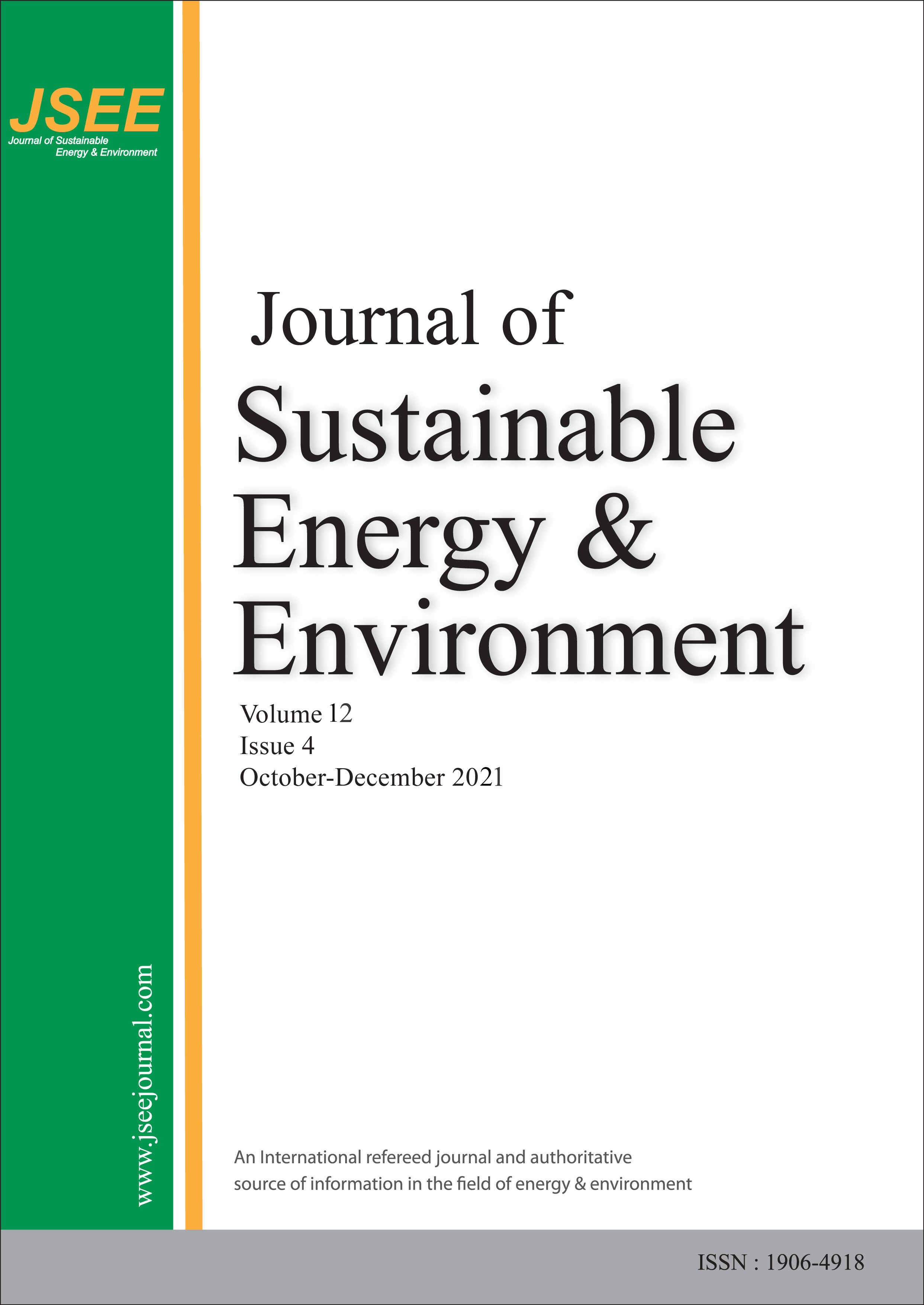
Robert H.B. Exell
Abstract: A simple qualitative presentation of the laws of thermodynamics is given for non-specialists without using mathematics. Descriptions of the properties of a thermodynamic system are given in terms of the random motion of the particles in the system. It is shown how the Principle of Conservation of Energy and the First Law lead to the concept of internal energy and the State Principle. The Second Law is divided into two parts. The first part is concerned with entropy and thermodynamic temperature. Entropy is an indicator for the possibility of adiabatic changes between equilibrium states. Thermodynamic temperature is an indicator for the internal energy of equilibrium states. The second part of the Second Law is the Principle of Increase of Entropy, which states that when coupled systems move spontaneously from disequilibrium to equilibrium with each other, the total entropy of the systems increases. The Third Law states that no finite process can cool a system to the absolute zero of temperature. Keywords: Thermodynamics, non-technical presentation, First Law, internal energy, State Principle, adiabatic reversibility, Second Law, entropy, thermodynamic temperature, Principle of Increase of Entropy, Third Law, absolute zero.

Shabbir H. Gheewala
Abstract: Publishing research results in peer-reviewed journals is an important part of the academic process. There is both science and art involved in the entire publication process, starting from writing the manuscript, through the review process, revision, and ultimately the final acceptance. Based on the experience of the author of this article as an author, reviewer, and journal editor, information is provided on all these aspects in involved in publishing a journal paper. Special tips are provided on writing manuscripts, selecting journals, and handling the review process.

Pattarapoom Phuengyaem, Agapol Junpen and Savitri Garivait*
Abstract: Bangkok Metropolitan Region (BMR), one of the top world's most congested megacities, has been facing air quality problems due to incidences of particulate matter especially during the dry seasons during the past few years. To evaluate the contribution of road transport emissions on air quality in BMR, this study investigated the relationships between PM10 and PM2.5 emissions from road transport and their ambient concentrations during 2007-2018 by the linear regression model. The emissions and ambient concentrations analysis to prepare inputs for investigating their correlations showed an emission reduction of 7.96 kt equivalent to 75% from 2007 to 2018 for PM10, and 3.87 kt or about 43% for PM2.5, respectively. For the ambient air concentrations, there was a decrease of 18 &g/m3 (31%) for PM10 and 10 &g/m3 (28%) for PM2.5, respectively. For both PM10 and PM2.5, the correlation between emissions and ambient concentrations was significant for the overall fleet exhaust emission, and especially from diesel vehicles, while an insignificant linear relationship was observed for the case of emissions from gasoline vehicles. Using the resulting linear regression model coefficients, it was estimated that an emission reduction of 1 kt of PM10 will contribute to an approximate decrease of 1.31 &g/m3 of ambient PM10, and 1.26 &g/m3 in the case of PM2.5, respectively. Results from this study suggest reducing the timeframe of emission estimation from road transport, from annually to monthly or daily basis in order to improve the accuracy and precision of the emission-to-ambient concentration conversion factors. Keywords: PM10, PM2.5, Road transport, Air quality, Bangkok Metropolitan Region (BMR).Keywords: PM10, PM2.5, Road transport, Air quality, Bangkok Metropolitan Region (BMR).